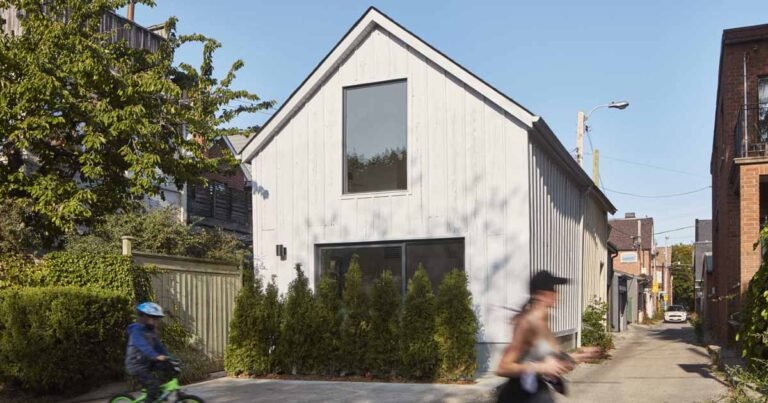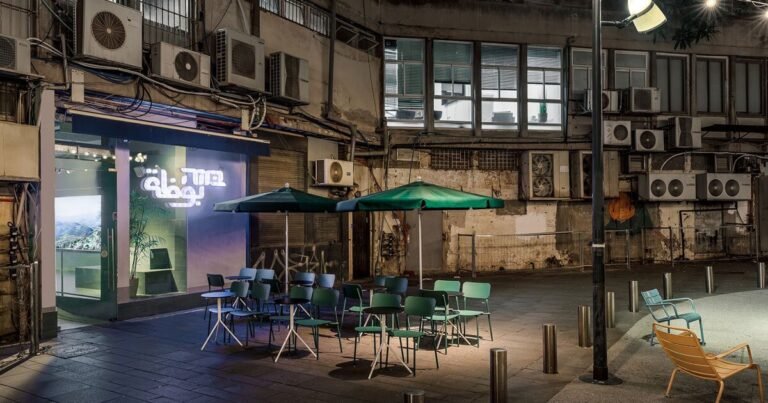New York City lays out plans for permanent outdoor dining sheds and increased public spaces funding
New York City is one step closer to formalizing a permanent set of standards for sidewalk and roadway dining and upgrading its open spaces. Legislation introduced by New York City Council Members Marjorie Velázquez, Keith Powers, Julie Menin, and Justin L. Brannan, with support from mayor Eric Adams proposes the permanent establishment of sidewalk and roadway dining, succeeding the temporary plans outlined in Local Law 77, through which structures ranging from ramshackle to luxurious were quickly constructed across New York during the pandemic.
Licensing will be overseen by the New York City Department of Transportation (DOT). Sidewalk and roadway cafes—defined by the proposed legislation as “an open-air portion of a ground floor restaurant containing readily removable tables, chairs and other removable decorative items, which is located in the curb lane or parking lane of a roadway fronting the restaurant”—will be able to seat customers from 10 a.m. until midnight, with roadway dining permitted from March 31 until November 30 every year and sidewalk permitted year-round. Licenses will be valid for four years at a charge of $1,050 for each sidewalk and roadway dining. Restaurants will have to pay an annual fee based on their square footage, with restaurants below 125th Street paying more.
Sidewalk and roadway dining are more complicated in historic districts, landmark sites, and sites adjacent to landmarks. The legislation stipulates that a restaurant’s approval for sidewalk or roadway dining in these cases must go before the Landmarks Preservation Commission (LPC). The LPC, which has a reputation for onerously long approval processes, is tasked with responding to to-be-approved applications within 10 business days. In the case of applications which the LPC deems may impact said landmark or historic district, a public hearing will be held, followed by an LPC decision.

On a similar foot, the city has approved $30 million to fund a Request For Proposal (RFP), which will support a new Public Space Equity Program serving 100 underfunded sites across the city. Chief Public Realm Officer Ya-Ting Liu emphasized that “This investment reflects our commitment to equity and providing diverse, vibrant public spaces accessible to all New Yorkers.”
Its Open Streets program, which closes down streets to through traffic, mainly on weekends, has remained popular since the pandemic, and will receive further support in all five boroughs this year, with programs planned for: 34th Avenue (Queens); Woodside Avenue (Queens); Willis Avenue (the Bronx); Underhill Avenue (Brooklyn); Minthorne Street (Staten Island); Dyckman Street/Quisqueya Plaza (Manhattan); and Broadway (Manhattan). DOT Commissioner Ydanis Rodriguez said: “Every neighborhood deserves safe, accessible, and vibrant plazas and Open Streets. This new funding recognizes the increased value of our streets as public space and this administration’s commitment to equity… New York City’s Open Street program is the largest in the nation and we thank all of our community partners who have helped this program thrive.”
Mayor Adams, who has previously voiced support for the program, said that “This administration understands that every community has different needs to create assets like Open Streets, and we will always keep equity at the center of our public space work.”




